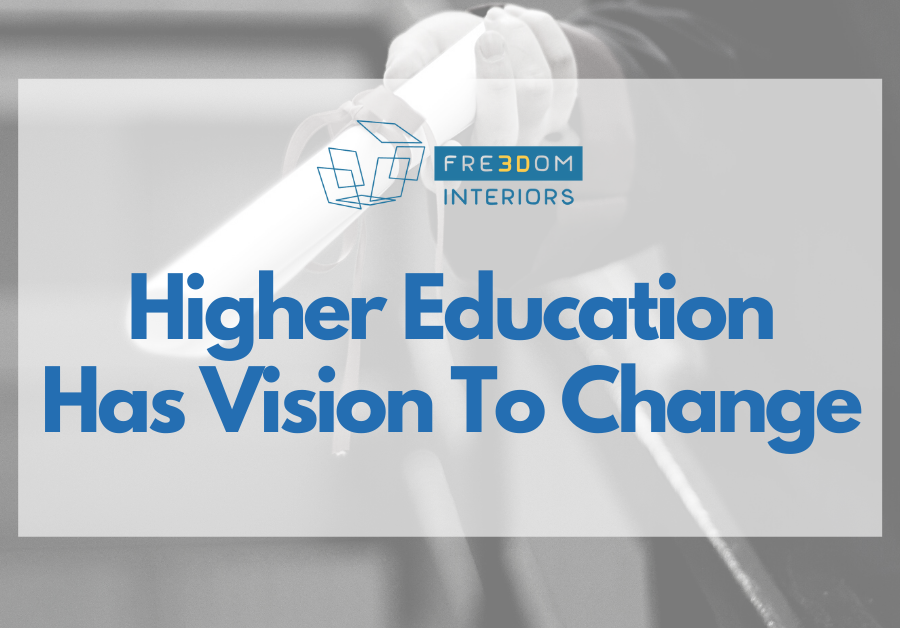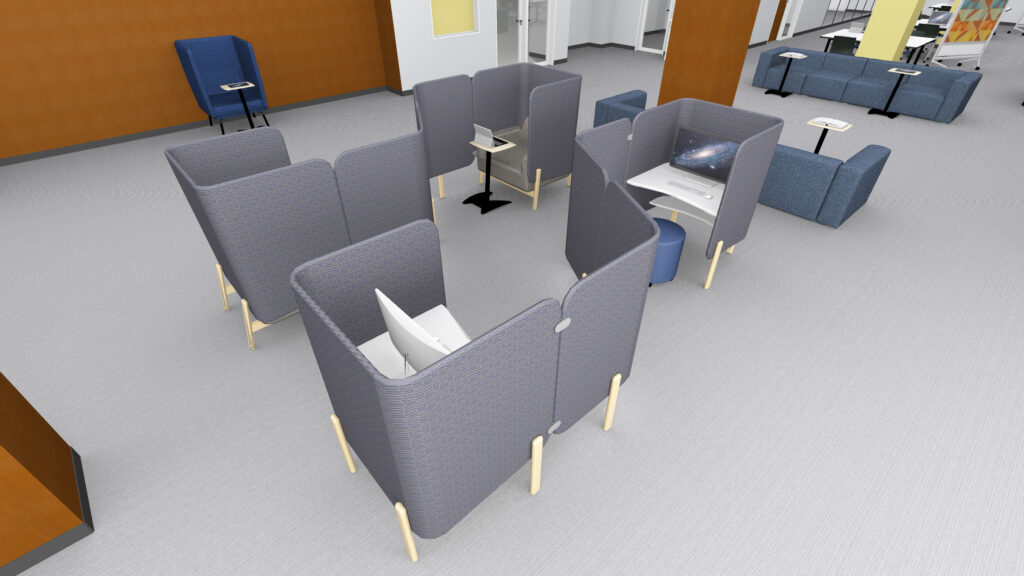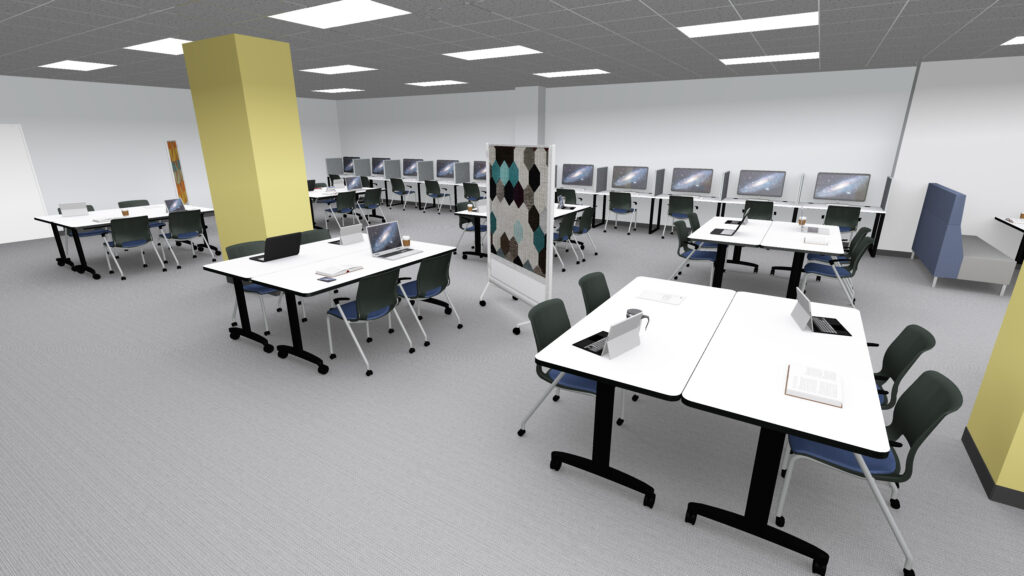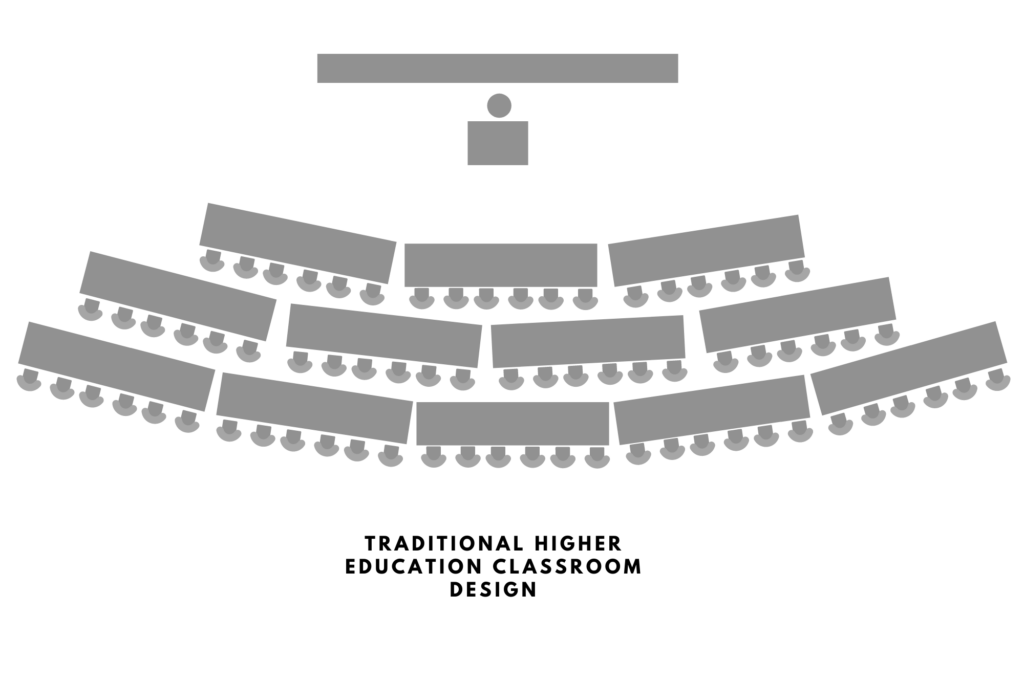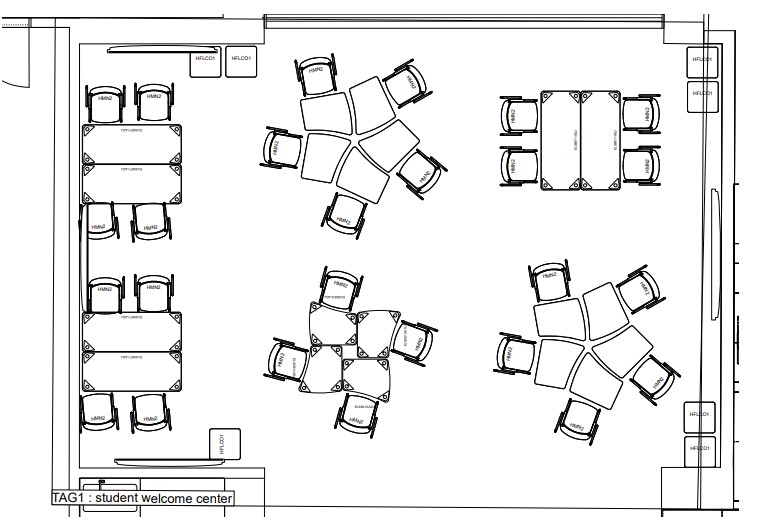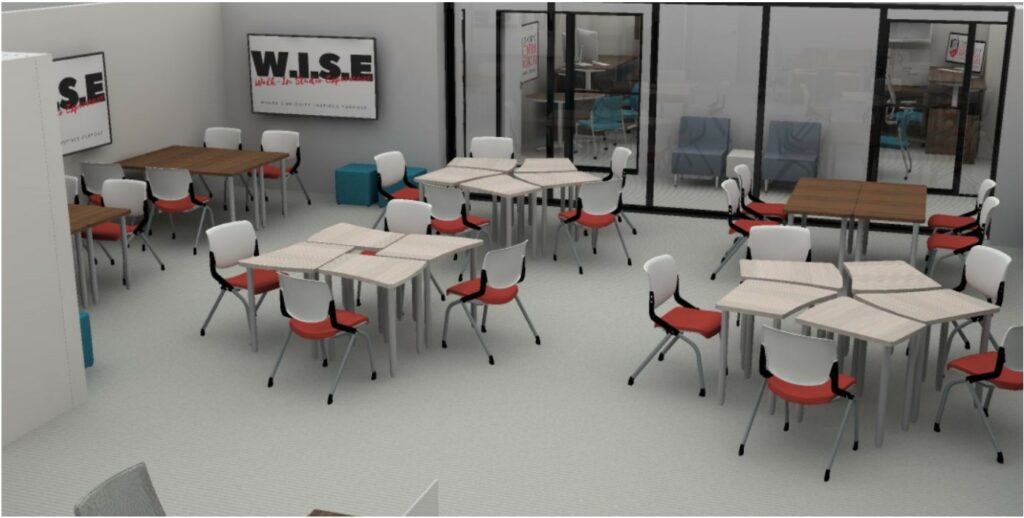News
Higher Education Has a Vision to Change
November 1, 2021
Even though COVID-19 closed the doors to a number of restaurants, retail stores and businesses, it opened the eyes of people. While people were confined to the four walls of their homes, they realized they wanted to do more. More DIY projects, more with their careers, just more. Nearly one-third of US workers changed their careers during the pandemic. But adults in the workforce, weren’t the only people reconsidering their priorities and goals.
According to the University of Pennsylvania, in a traditional school year, fifty percent of American colleges and universities lose 25% of their freshman class. Some students realize they cannot handle the responsibilities that come along with the freedom of being on their own, or the most concerning, students realize college is not for them, whether it is disengaging subjects and classrooms, or curriculum that doesn’t fit their needs.
However, throughout the pandemic, American colleges and universities were hit even harder than normal. They had the largest enrollment decline in higher education since 2011. According to Forbes, there are 600,000 fewer college students enrolled than the year before.
This shocking movement away from college enrollment has left universities taking a serious look at the business model. Afterall, each of those dollars allows the university to continue paying employees, offering new courses, and operating from year to year. Without student enrollment, the lack of residual expenses, like money made from room and board that ‘balance the books’, is forcing leaders to find another way to recoup that $5 million in average loses.
The trickle-down effect of low enrollment is forcing a vision and change in curriculum and instruction at the higher ed level.
In a time where information has never been more readily available to any and every one, students no longer need to read from a book and memorize. Anything they need to research or look up, can be done within a matter of seconds at their fingertips. Educators are now focusing on the importance of building college graduates that have the ability to utilize the cognitive process, problem solve and collaborate.
Students need to possess ever changing skills that comply with the ever-changing workforce. In a time where more people than ever are working from home or remotely, students need the opportunity to experience flexible learning environments reflective of flexible work options.
Freedom Interiors gave the University of Missouri Kansas City School of Dentistry students alternative and flexible work areas when they redesigned their library in 2020.
The library was equipped with multiple single person options, giving privacy as needed. Lounge chairs with a privacy wing allowed for a more comfortable and secluded study space. The desk pod with a privacy wing allowed for the same seclusion, but provided a tabletop for the workspace. These spaces were also fitted with flexible and alternative seating options to give the user even more choice. Round ottomans gave a more comfortable, relaxed options away from the typical chair/desk combination you find in a traditional classroom setting.
Other study and work areas were created for a more collaborative take on work options. Tables on wheels face one another to create 4-person pods. Both the chairs and tables in the area are mobile for easy manipulation of the space, providing the most flexibility and options for students’ needs. Mobile double-sided dividers provided the students with the ability to close themselves off from others in the area, and the dividers also doubled as a whiteboard and tack board.
While hard skills can showcase your ability or understanding in a particular area, employers are truly seeking out new hires that possess soft skills. Soft skills include communication, teamwork, flexibility and creativity, problem-solving and critical thinking, work ethic and time management, to name a few.
Each of these skills can be developed through the use of collaboration. However, just like a need for new curriculum and instruction, there comes a need for new learning environments. High schools across the country began making this change nearly a decade ago, when they switched up what a traditional classroom looked like. (For more information on this, read Freedom Interiors’ blog). Now higher education classrooms are starting to make their switch.
Universities, junior colleges and technical colleges are moving away from forward facing, lecture hall style seating and moving towards areas that promote the use of soft skills and become a more engaging classroom. The benefits are this classroom design for higher education are endless. With no ‘front of the room’, every seat in the classroom is the best seat in the house. Students no longer can hide from the teacher in the back, where students are likely to become disengaged and more easily distracted.
The University of Central Missouri had an overhaul where they created more collaborative classrooms for their students. With desks that face one another, students are encouraged to collaborate, communicate, and brainstorm with peers around them. The mobility of the chairs and tables promotes flexibility.
University of Central Missouri Collaborative Area
Collaborative learning environments possess the power to transform student learning and engagement. According to School of Educators, the arrangement of the classroom is a very key part of how well the students will learn and interact with their classmates and professors. Giving them a more engaging classroom, that encourages communication and collaboration, gives students a more real-world experience. The skills they are learning and utilizing in university classrooms can and will be used in jobs post-graduation. When students can see and understand that what they are learning now is applicable in their future careers, they find more value in their learning. The value should then corelate to lower drop out rates and an increase in post-secondary enrollment.
